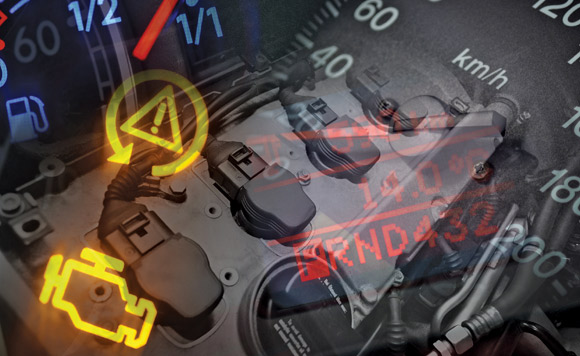– by Julian Sale –
Health is something that we all need to monitor constantly, even for our vehicles. We rely on our cars and trucks to get us to work and to play on time, and with reliability. Carmakers have strict maintenance plans to follow, which, in an ideal world would catch any problems and keep us on the road. In between service visits, there are a number of things we should do at least monthly, if not weekly.
Check your tire pressure. You’ve heard this before but we are all guilty of not doing it. Tire pressure gauges are available for less than $10. While checking the pressure, do a visual inspection of your tire tread, and speak with your service provider if your tread has less than 50 percent (4 – 5mm) life remaining.
Second, inspect your vehicle with a walk around, and look for any visible damage, and ensure all of your lights work properly. This takes less than five minutes. Spend some time and clean your window glass. Your car’s glass will get dirty over time, as gasses and dust, condensation, dog slobber, etc. all compound to make for poor visibility. Household glass cleaner and paper towel or a cotton cloth will do well. This will reduce the time it takes to un-fog your windshield on cold days.
Assuming you drive an internal combustion powered vehicle, you need to check your oil. Many cars now have electronic oil level indicators, so learn how to check the level with help from your owner’s manual.
Here’s one we have all witnessed – headlight aim. Park your vehicle about four to five metres from a wall, on flat ground. Illuminate your headlights, and look at the height of your light beams. They should be level and even. Headlights are adjustable and do require service. If you’re not impressed with the level of light output from your halogen or HID (Xenon) headlights, consider replacing the bulbs, as they get dim or fail after a year or two.
Pull up the carpet in your trunk area and inspect for moisture, your vehicle should be bone dry. And here’s one that’s often overlooked: look at your pedals. They have rubber pads like the soles of sneakers. These wear over time, and should be replaced for a comfortable and safe grip. Last, check the ABS brake system occasionally by fully depressing your brake pedal in a safe place, from 30 or more km/hour.
See your owner’s manual for recommendations. These basic steps won’t add much time to your day, but will make for a safer ride for you and your passengers.




